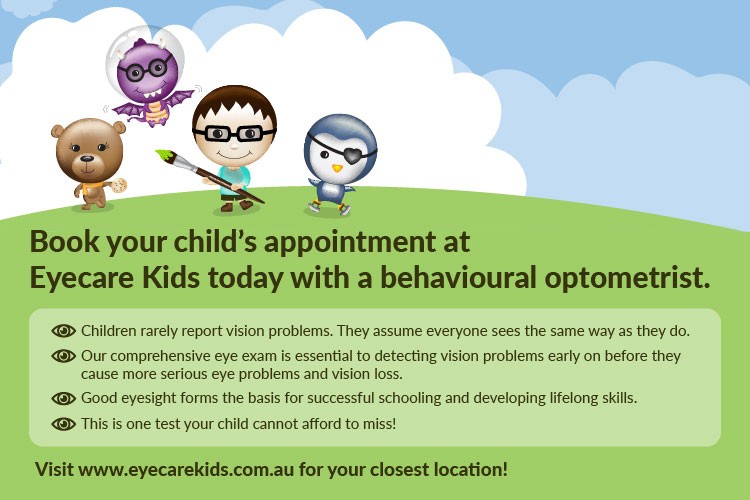Streff Syndrome
Streff Syndrome, or non malingering syndrome, has been described as a functional vision problem. It often involves reduced or blurred distance and near vision, poor eye teaming and eye movement capabilities, visual field loss and a reduction in focusing.
This condition is not an anomaly with the eyes physiology, rather it has been described as psychogenic in nature. This means that rather than the issue being related to the eye and the visual system, it is closely related to the brain and the way the vision is processed within it. As such it is considered a form of amblyopia that is involuntary and pschogenic in nature.
What Causes Streff Syndrome
Streff syndrome has been associated with stress. An increase in a person’s level of stress, whether it is due to bullying, stress from study, anxiety, or other factors can have an impact on a persons vision. The visual system while still active is no longer controlled by a person. Focusing becomes difficult, a tunnel vision effect in a persons field of view arises, and it becomes hard for the pupils to function adequately during different light conditions.
As streff syndrome is stress related, the condition is likely to fluctuate with changing levels of stress.
The Main Symptoms of Streff Syndrome
The symptoms of Streff syndrome are not necessarily vision specific. The condition is often picked up by parents and teachers who begin to notice a sudden reduction in attention and focus during academic tasks, children may begin to struggle at school, and there may be an increase in the amount of mistakes made on homework.
Visually, children may complain of blurred vision at near and in the distance, sensitivity to light, double vision, or increased clumsiness due to objects not being noticed in a persons side vision.
The Most Likely People to Show Streff Syndrome
- Prepubescent or early pubescent ages 10 – 14
- The condition occurs more commonly in females
What We Can Do
The first and most important step in the resolution of Streff syndrome is to identify the stress causing the problem, and take the necessary steps required to help resolve it. This may be in the form of getting school counsellors and parents involved, or by addressing a bullying issue at school.
As the condition is self-limiting, and resolves when the stress is reduced, there is no quick cure to rid children of the visual problems. There are however management options available to help alleviate the symptoms in the short term while waiting for spontaneous recovery.
These include:
- low plus eyewear, in the form of reading glasses or multifocals
- vision therapy to help increase peripheral awareness in cases of patient with reduced fields of vision.
- vision therapy to help increase focusing and eye movement skills

